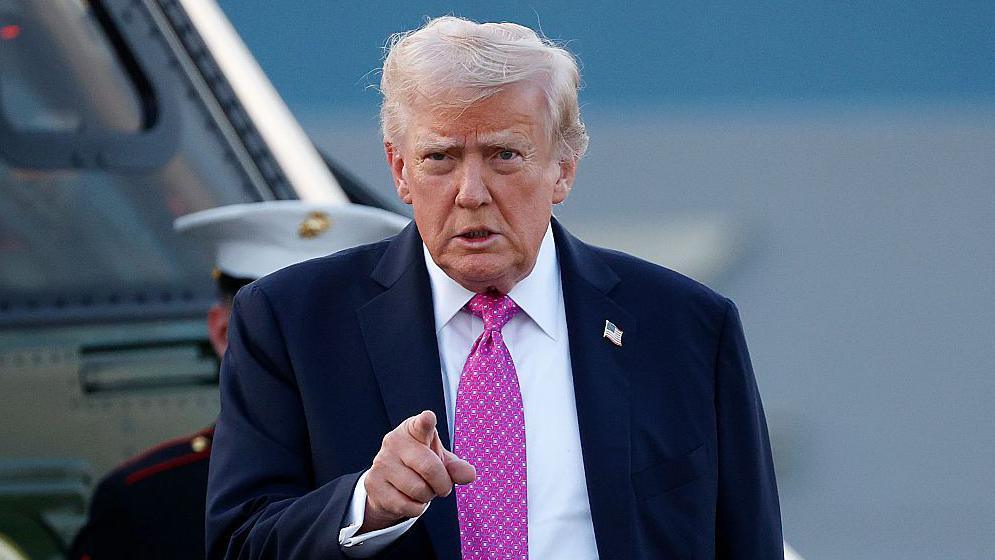Washington, D.C. — Starting October 1, 2025, the United States will roll out a sweeping new set of tariffs across multiple industries. President Donald Trump announced that branded or patented pharmaceuticals imported into the U.S. will face a 100% tariff, unless the company involved has already begun constructing a pharmaceutical manufacturing facility inside the country.
Alongside the drug tariffs, the administration will impose:
- 25% duty on heavy-duty truck imports
- 50% duty on kitchen cabinets and bathroom vanities
- 30% duty on upholstered furniture, also effective in early October
Push to Boost U.S. Manufacturing
The White House framed these measures as part of an “America First” industrial strategy aimed at shielding U.S. companies from what it calls an oversupply of cheaper foreign goods. Trump emphasized that the pharmaceutical move is designed to push global drugmakers into investing in U.S. manufacturing capacity rather than relying heavily on imports.
Industry Backlash
Pharmaceutical Research and Manufacturers of America (PhRMA) criticized the decision, arguing that it risks disrupting medicine supply chains and raising costs for patients. The group noted that a significant share of drug ingredients is already produced in the United States, suggesting that such tariffs may not deliver the intended results.
The U.S. Chamber of Commerce also raised red flags over the truck tariffs, pointing out that many imports come from long-standing allies such as Canada, Mexico, Germany, and Japan. Business leaders warned that the levies could spark retaliation and create ripple effects across other industries.
Potential Consequences
Economists say the 100% tariff on pharmaceuticals will immediately double the cost of imported branded drugs, potentially burdening patients and healthcare systems. While it may encourage companies to open or expand U.S. plants, the process involves years of planning, heavy capital investment, and regulatory approval.
The broader set of tariffs is also expected to fuel trade tensions. Retaliation from affected countries could impact sectors far beyond drugs and trucks, intensifying global trade disputes.
Balancing Growth and Risk
Supporters see the tariffs as a strong signal of Trump’s commitment to reviving domestic industry and creating American jobs. Critics, however, view the plan as a blunt instrument that risks inflation, supply chain disruption, and strained diplomatic ties.
As October 1 approaches, businesses, policymakers, and trade partners worldwide are bracing for the fallout of one of the administration’s boldest trade gambits yet.
